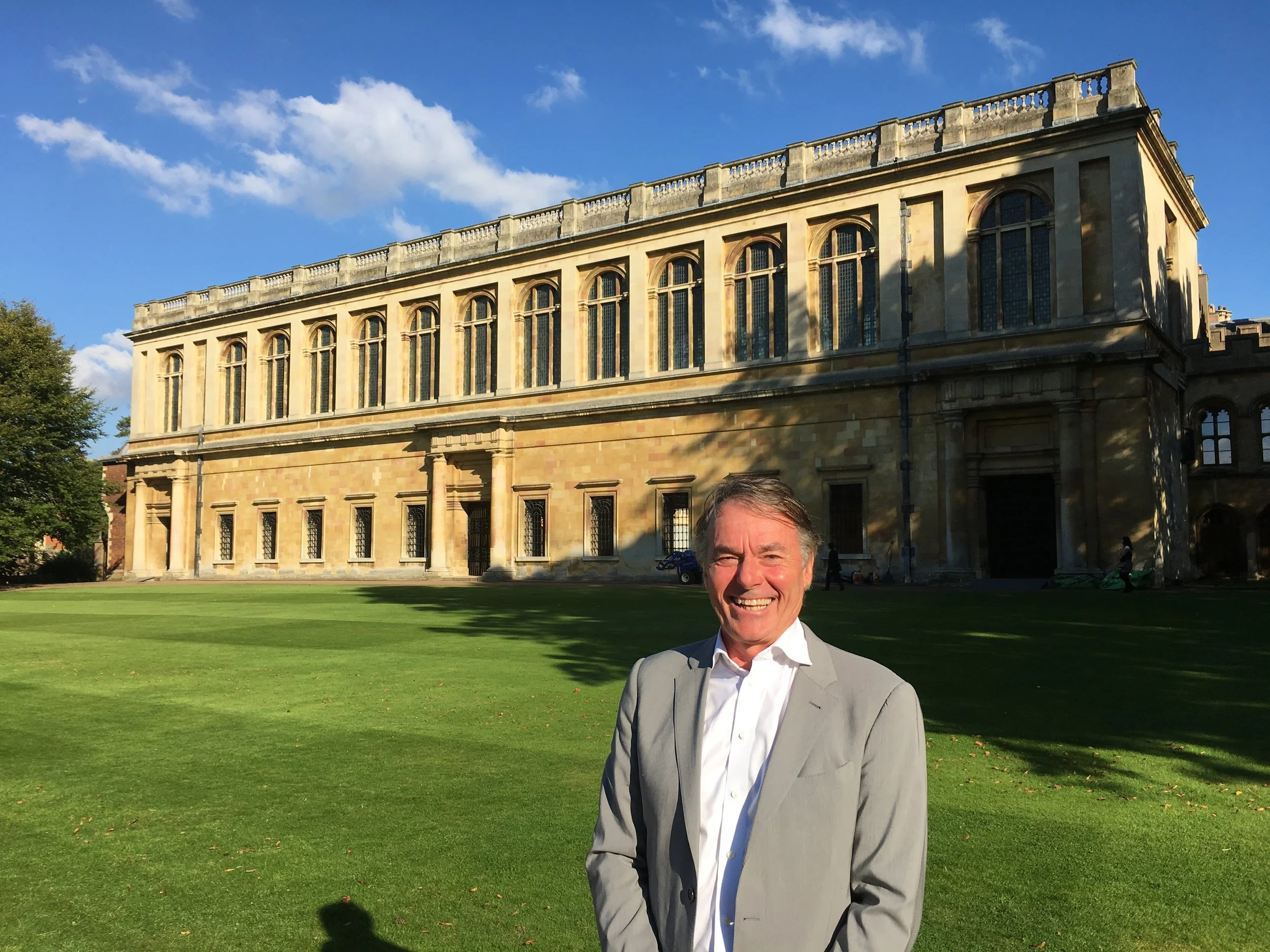Guest Contributors
My goal when I established this site was not just to afford an outlet for my own writing on various subjects, but also to draw attention to what others have to say. I hope that every week I will be able to offer readers fresh ideas and perspectives not only by poet Percy Bysshe Shelley, but also those in his circle: Mary, Claire Clairmont, Byron, Keats, Leigh Hunt and others.

“What Art and Poetry Can Teach Us about Food Security”: A TED Talk on John Keats and John Constable by Professor Richard Marggraf Turley.

Ginevra: A Shelley-Inspired Animation by Tess Martin and Max Rothman. By Jonathan Kerr
I recently had the opportunity to sit down and talk with two filmmakers who have contributed something truly remarkable to the Shelley revival. Tess Martin and Max Rothman have created Ginevra (2017), a short animated film that beautifully recreates one of Percy’s poems (also titled “Ginevra”) about the marriage and death of a young Italian woman. Created in cut-out animation with a voiceover narrator reciting lines from the original poem, Ginevra reimagines Shelley’s story, picking up where blanks appear in the unfinished manuscript. As it does so, it takes Shelley’s story in a bold, imaginative new direction.

Professor Michael Demson on the Real-World Impact of Shelley's Writing. A Summary by Jonathan Kerr.
Shelley’s poetry, Michael Demson argues, gave American workers a kind of writing that helped them to understand the political and economic forces to which they were subjected. “The Mask of Anarchy” was especially important in this context: written in easy-to-understand language, this poem attacks the power imbalances that helped to keep the powerful empowered and the poor disenfranchised. The conditions that made this sort of thing possible when Shelley lived—corrupt legal systems, unequal access to education, and working conditions that kept labourers underpaid and vulnerable—remained largely unchanged a century later in America. This is why, Demson alleges, a poem like “The Mask of Anarchy” could act as such a catalyzing force for New York’s industrial workers, not only providing common people with a language for understanding their problems, but also helping them to build a sense of community.

